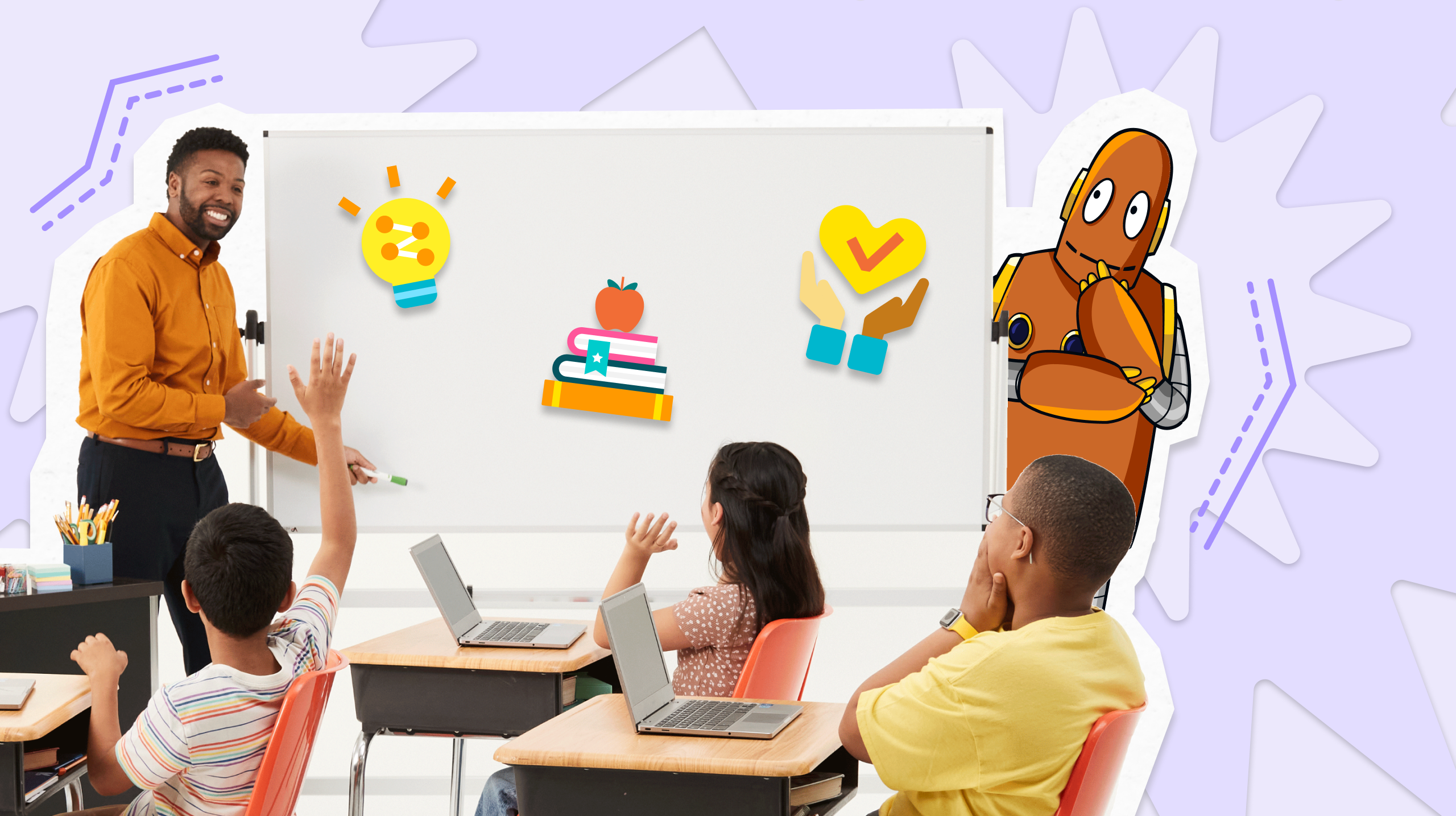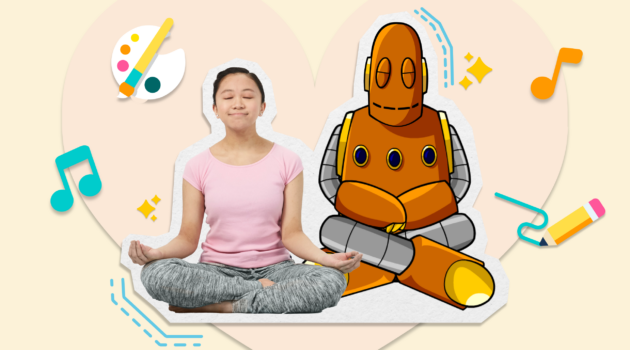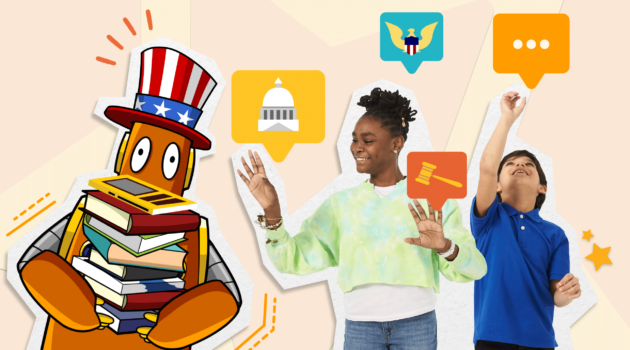Teaching Strategies
4 Ways to Motivate Your Class After the Holidays

Returning to classes after the holidays can be tough, both for teachers and students.
Thankfully, there are also plenty of reasons to get excited about coming back after break—new topics to explore, fun activities to enjoy together, and creative projects waiting to be started. Once you begin feeling inspired and modeling that enthusiasm, it becomes much easier to get your students feeling motivated and ready to jump back into learning.
Read on for four tips to start the new year right in your classes.
1. Make space for honest feelings
We all know that teachers are superheroes, but they’re also human. No one operates at 100 percent all the time, and it can take a few days to get back into the swing of things after a break, even for teachers. Give yourself space to feel that way if you need to, and you can let students know it’s okay to take a little time to readjust.
This is also a great time to reinforce those social-emotional learning skills, like mindfulness and empathy.
Once your class feels a bit more centered and focused, you can grab your students’ attention with a sneak peek into the most exciting activities you have planned for the upcoming weeks. This might be a virtual field trip, a fun science experiment, or a new game to play together. When your students know what they have to look forward to, they can get back in the zone of learning in no time.
For more tips, check out our 6 unique ways to capture student attention.
2. Rethink your expectations
If you’ve been prepping for this week over the holidays or before, you could be ready to hit the ground running. On the other hand, students may take a little longer to switch back into school mode. With this in mind, it’s important to think about how much you and your students will realistically be able to get done that first week and plan accordingly.
Instead of diving back into rigorous content and assignments immediately, start with easy, low-stress, and fun activities that help reconnect the class as a group. Some students may have made New Year’s resolutions, which you can use as a springboard for talking about setting goals and reigniting their motivation for the school year.
Meet students where they are after the break and help them bridge the gap back to full-steam-ahead learning.
3. Be kind, remind
Since your students have likely spent over a week sleeping in and enjoying unstructured time at home, readapting to a schedule, rules, and the demand of schoolwork can be difficult for them. Even if your students had these routines mastered before the break, restarting them all at once can feel overwhelming, especially for young learners.
To make this readjustment easier for them—which will, in turn, make your life easier—figure out what are the most important procedures to get right and focus on helping students manage those first. That might be:
- Completing an activity in your regular routine
- Raising their hands to speak
- Arriving and leaving the classroom again smoothly and on time
However, while you start with these key points to practice, keep in mind that kids can form new habits quickly. Make a plan to practice the rest of your routines and procedures, reintroducing a few each day over the first week back until they’re comfortable again with those expectations.
For more tips to get back into routine, check out our guide to classroom management.
4. Take stock and start fresh
Like after any vacation, students are likely to return from winter break having forgotten some of the content they learned and needing to spend some time on review. As you gauge where your students are now, either through formal or informal assessments, this is a great moment to pause and reflect on the year in progress.
What’s working well in your class, and what can be retooled to work better?
How can you differentiate to support individual student needs more effectively?
For students, this first week back can act as a mid-year learning refresher, while you can take the opportunity to revisit your goals and revamp your strategies.
Finally, if one of your goals for the remainder of the year is to make your classes even more engaging, try getting a head start on curating new learning resources to enhance your upcoming lessons. For example, introduce your students to Martin Luther King Jr.’s life and work in the Civil Rights Movement for Martin Luther King Jr. Day.
Above all, remember that going back to school after the holidays is a challenge for everyone. Instead of comparing yourself to other teachers or criticizing yourself for not achieving Pinterest-worthy perfection, know that it’s okay to be human. After all, your students will show up to class very much human, too. So why not show them how to embrace it?






